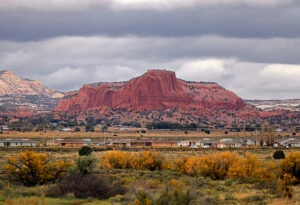SoCalGas files application for “largest RNG project in the state of California”

If approved, the project would be the largest RNG project in the state of California, producing up to 4.5 billion cubic feet of fuel each year from 400,000 to 500,000 tons of agricultural waste.
It would more than double already historic deliveries of RNG in 2022 from existing projects within SoCalGas's service territory and could deliver carbon-neutral or negative fuel equivalent to taking up to 52,000 gasoline vehicles off the road each year.
The project would be developed by San Joaquin Renewables LLC in the City of McFarland.
Pursuant to CPUC direction, SoCalGas proposed funding its portion of the project – about $13 million (€11.8 million) – with cap-and-trade funds. If approved, which could come as soon as May 2024, the project is planned to come online in late 2026.
"As the State of California has recognized, renewable natural gas remains a critical tool, along with other decarbonisation pathways such as electrification, hydrogen and carbon management, in our efforts to decarbonise our great state," said Neil Navin, chief clean fuels officer at SoCalGas.
"Instead of burning this agricultural waste, this project could produce more RNG annually than the entire state of Hawaii uses each year, putting this waste to good use to help shore up energy reliability and resiliency as we transition to a clean energy economy."
"Converting biomass into renewable natural gas provides a sustainable and renewable source of energy from waste material," said T.J. Paskach, president of San Joaquin Renewables.
"Additionally, the San Joaquin Renewables facility will help reduce our dependence on fossil fuels, will help clean the air of the Central Valley by producing a carbon negative fuel, and will provide hundreds of high-quality jobs in McFarland."
The project will work by using a non-combustion process to turn agricultural waste into a mixture of gases, including hydrogen. The mixture is then cleaned, compressed and is then usable as RNG.


















